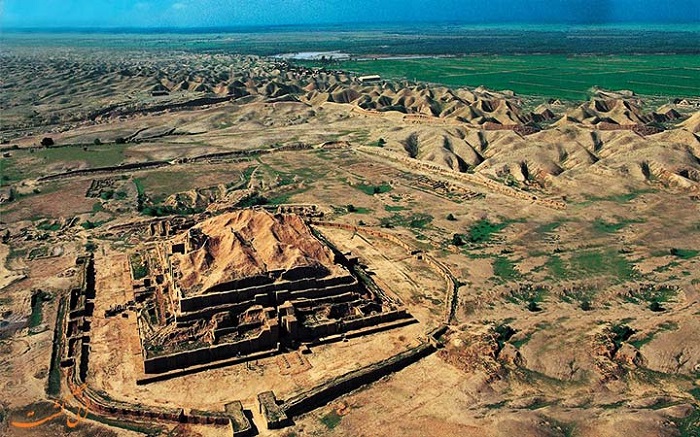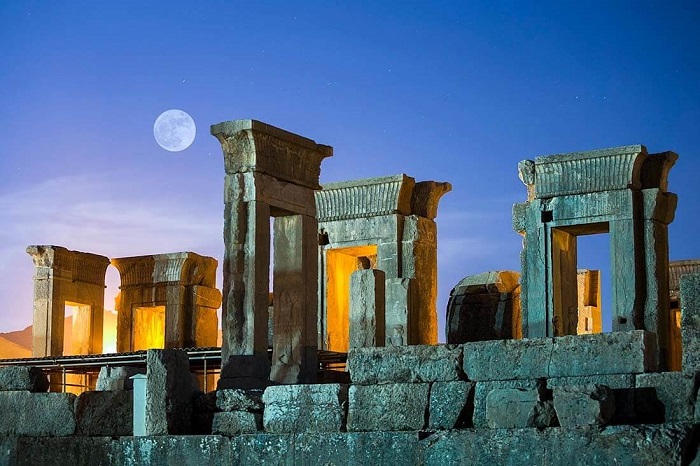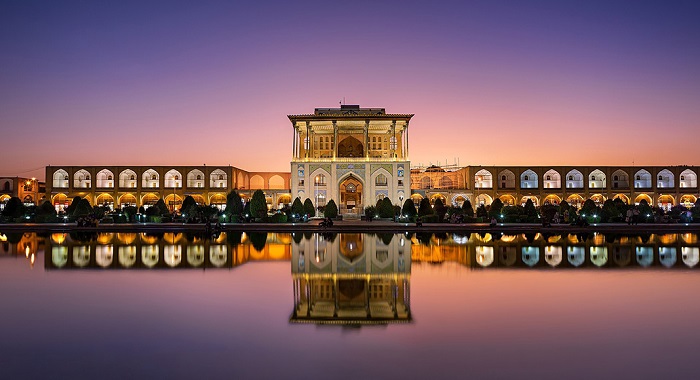Whenever you travel to Iran, there would be plenty of tourist attractions for you to visit. Choosing where to go entirely depends on your interest, time and budget. Domestic tourism has always a big role in creating jobs for local businesses and economic growth.
Join us the journey getting to know Iran’s most popular tourist attractions.
The first Iranian UNESCO registered site which is located in Khoozestan province. The Ziggurat there is one of the oldest archaeological remaining that reveals some scientific discoveries. For instance, an advanced water piping system was discovered there.

Persepolis is one of the most popular tourist attractions that is a must for every traveler to visit it. He who has not seen glory of Persepolis and has not walked it with the memory of Achaemenid kings, has not seen Iran.

Valey of Stars is one of the most spectacular natural sites on Qeshm Island, the Valley of Stars features a series of majestic gorges and canyons that were formed over centuries by erosion. Wandering amid the valley is a magical experience – it’s like stepping into a Dalí painting. The beautiful place is there thanks to soil erosion triggered by surface water, torrential rain and high gusts in the area.
The Nasir Al-Mulk mosque or Pink mosque in Shiraz with its painted tiles, beautiful arches and stained glass is spectacular. It is also known as the “Rainbow Mosque”or “kaleidoscope Mosque,” because when the sunlight hits the colored glass, the interior is lit up with amazing colors.
With several rivers flowing into this wetland, Anzali Lagoon is known to be one of the most important wetlands of Iran. This beautiful natural attraction is well known mainly for its magnificent swamp flowers such as Lotus and being one of Iran’s most praised birdwatching sites.
The square is a public urban square in the center of Isfahan, a city located on the main north-south and east-west routes crossing central Iran. It is one of the largest city squares in the world and an outstanding example of Iranian and Islamic architecture.

Running parallel to the modern Azadegan Bridge connecting historic Shushtar to the New Town are the substantial remains of this Sassanid-era bridge and weir. Thought to have been designed and built by captured Roman engineers, this bridge, along with the Band-e-Mizan weir, raised the level of the Karun River by 2m, providing the necessary waters for the hydraulic system.
Eleven bridges cross the Zayandeh River in Isfahan. Six of these are modern constructions but the other five crossings date from the Safavid period and earlier in the case of the Shahrestan Bridge. The beautiful architectures absorbs lots of local and foreign visitors who come together to enjoy a romantic atmosphere that is being provided by those who gather singing and play traditional music.
Chak Chak village embraces one of the most important shrines of the Zoroastrians that is located in the Ardakan city of Yazd province and in the heart of the mountains. This temple has the highest level of attention and value and attends special days of worship, prayer and fulfillment of its special rules of religion.
Many Zoroastrians from all over the world come and pray in this place in June for five days. Mehregan festival is held at this place every year too.
Katale Khor is one of the most beautiful and unique caves in the world which is located 150 km from Zanjan and near Garmab. The locals called this hidden paradise “Katale Khor” which means “mount of sun”. The cave dates back to Jurassic period (about 120 million years ago) and it had a lot of natural and artificial changes over the years.
The structure of this cave is amazing in its kind; it has numerous layers, several underground tunnels, ancient fossils and pure limes that have been created all along million years.
The Lut Desert, or Dasht-e-Lut, is located in the southeast of Iran, an arid continental subtropical area, notable for a great variety of spectacular desert landforms. The Lut Desert is the world’s 27th-largest desert, inscribed on UNESCO’s World Heritage List. The catchment area of Dasht-e-Lut is extended to about 175,000 square kilometers, which is about 10 percent of Iran’s land. In the Persian language, ‘Lut’ refers to bare land without water and devoid of vegetation.